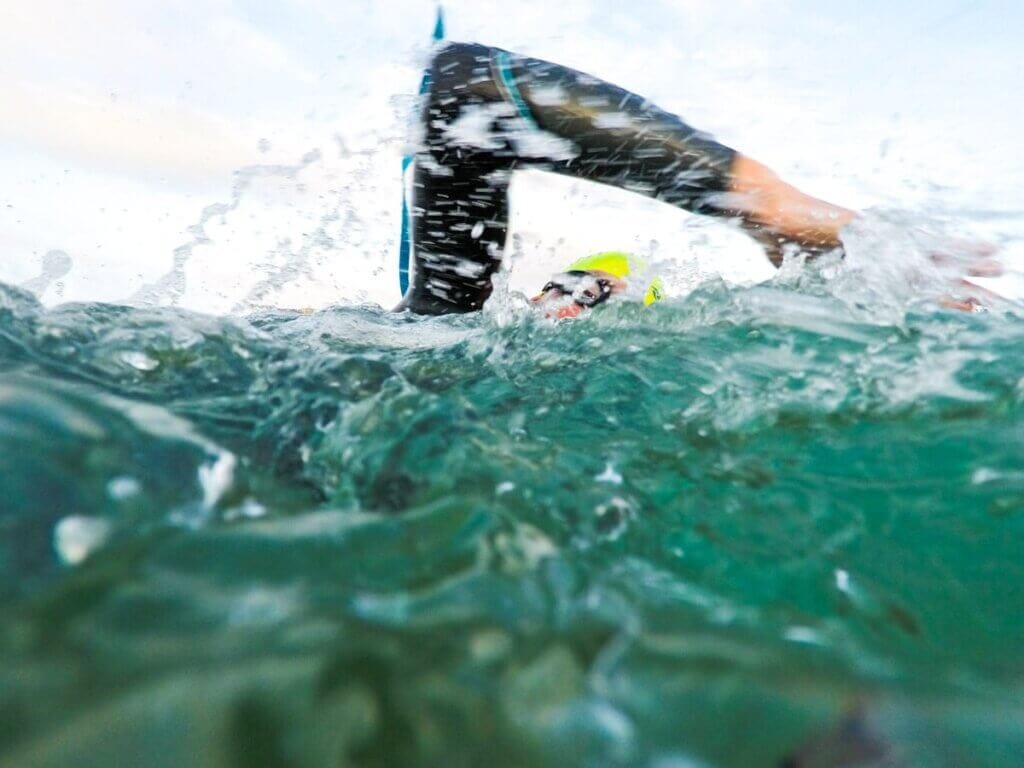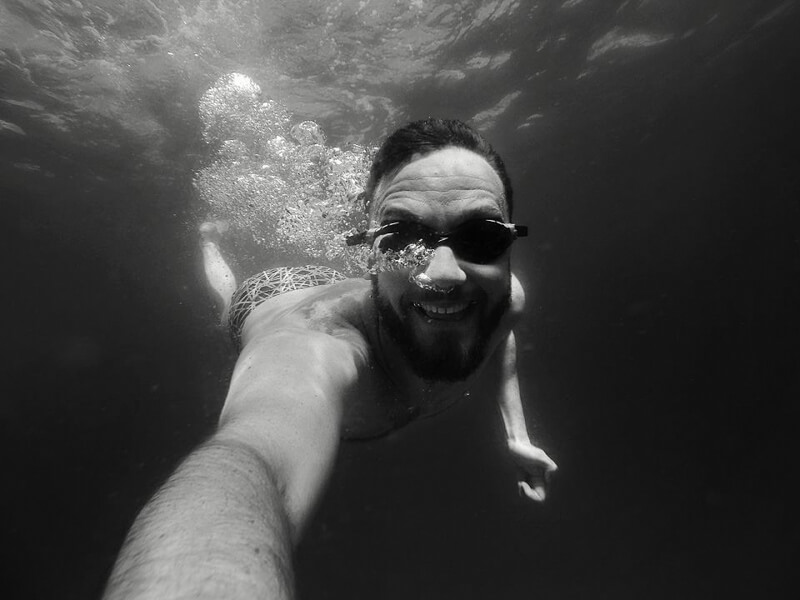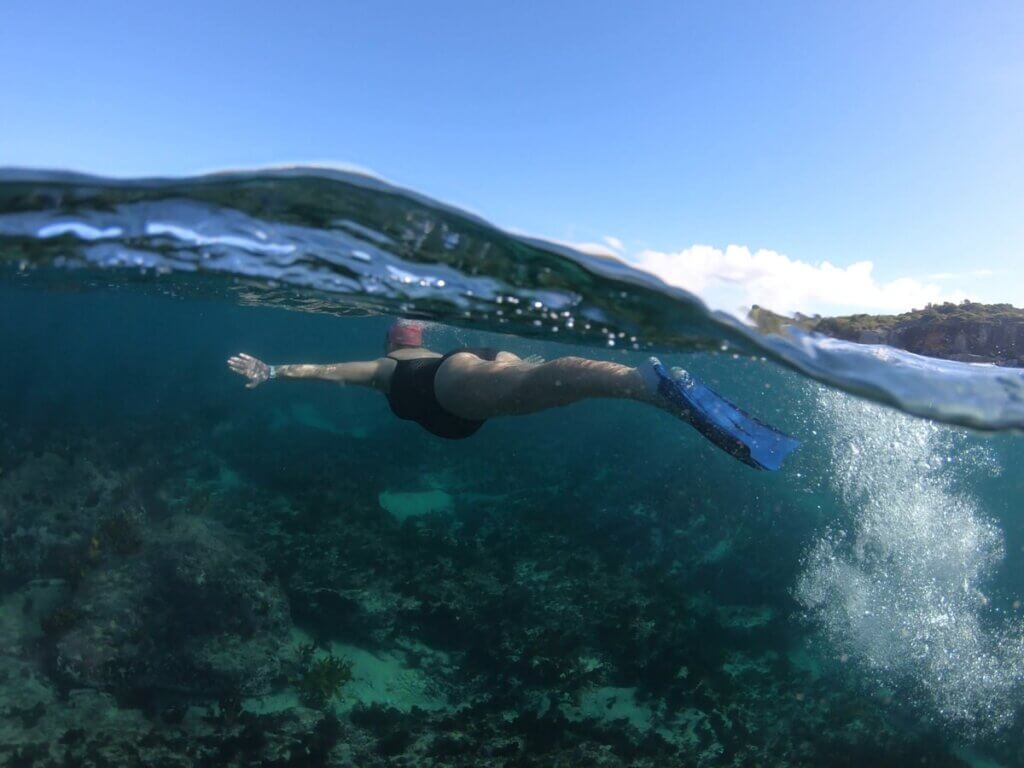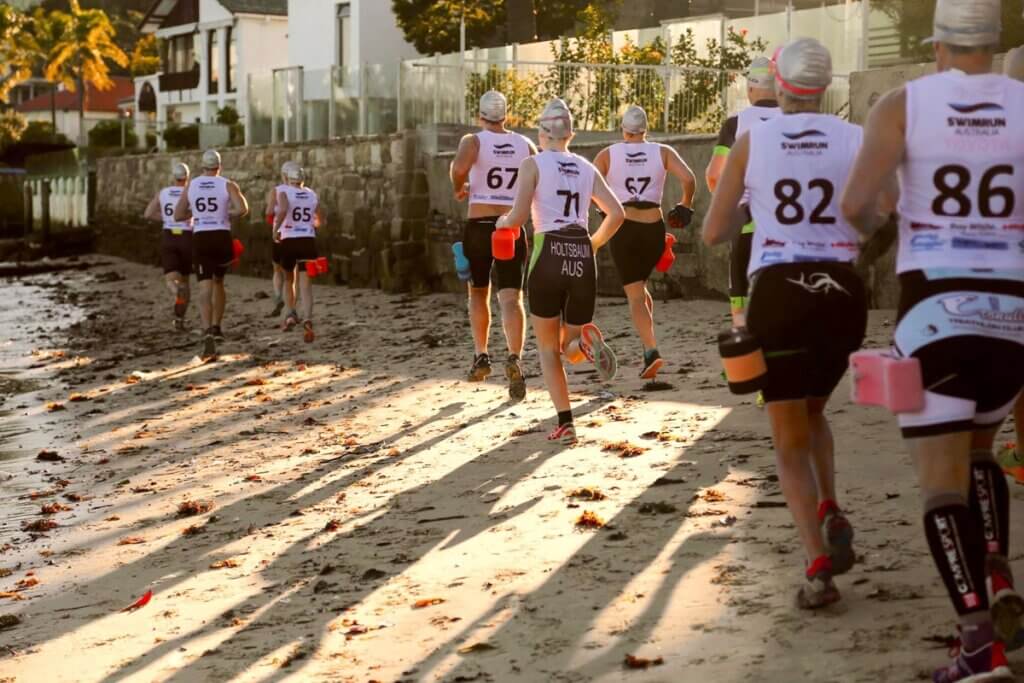Is your practice reflective of the game?

Following my ‘Making peace with the pool’ article, I received this email from one of my biggest fans:
Dear Andre
I have read with interest your advocacy of the pool for ocean swimmers and some of the ideas you suggested as a means to give it an ocean swim feel.
May I suggest the use of the term, Representative Learning Design? This term refers to a practice that the coach has undertaken to make the practice reflective of the game. By that the perceptual awareness and even physiological conditions are similar to what the performers experience in the actual event.
In practice: ‘I see what I’m likely to see/feel in the actual game’. While pool swimming cannot be representative of an ocean swim, perhaps your swimmers could think about how to make the pool experience more representative.
Dennis Slade
Associate Professor, Massey University School of Sport, Exercise & Nutrition
OK, so by ‘biggest fan’ I mean my uncle Dennis back in New Zealand.
This isn’t quite the same as when I post something on my OceanFit Facebook page and my mum is the first to like it, Dennis is really onto something here.
The pool is a great place to practice ocean swimming skills because you don’t have the environmental elements (waves/chop/turbulence etc) and pressure to perform (i.e. relentless oncoming waves) that you would have in the ocean.
This means you can spend quality time drilling down into the technical aspects of the skills in order to perfect them.
In fact, in our Learn To Ocean Swim clinic we do much the same thing by conducting our surf swimming skills development session out behind the waves.
Including ocean swimming practice into your swim sessions is easy. Simply pick one or two ocean swimming drills and incorporate them into your warm-up or drill set. Some of the drills can also be practised intermittently during the whole session.
Here are a few ideas to get you started:
- Practice sighting forward and looking for the end of the pool, focus on only raising your eyes just above the water line and keeping your whole body streamline
- Practice the free to back drill which is used to look behind for waves as we’re returning to shore, again, focus on keeping your body streamline
- Practice your swim-dive-swim technique, alternating between shallow surface dives and deep dives focusing on smooth transitions and staying relaxed
- If a set has a longer distance of 400m+, turn before the wall each time so you’re not benefiting from the push off the wall (replicating open water distances)
- At the start of any shorter distance sets, i.e. 25’s and 50’s, sprint to half way and then stroke out the remainder (good practice for swimming onto waves to body surf)
- Finally, if you’re super keen, have a crack at not resting on the wall or lane ropes throughout the session – you don’t have that luxury out at sea!
You can find swimming drill lessons like these and many more in our video library.
It wasn’t just my family getting in touch this week. I also received this heartwarming message:
Hi Andre
I just wanted to express my gratitude for your most recent OceanFit newsletter re: Making Peace With The Pool. It came at a perfect time for my 20-year-old son who is the open water swimmer in our house and since discovering the open water two years ago he has struggled to enjoy his club training in the pool quite as much as he used to. He knows that he’s a better swimmer because of his club training but to hear him exclaim “It’s not just me!” upon reading the email was great. It’s been a long 7-months for us in Victoria so to see a real joyful smile on my son’s face again was wonderful.
Tamara
Isn’t the ocean swimming community wonderful?






Responses